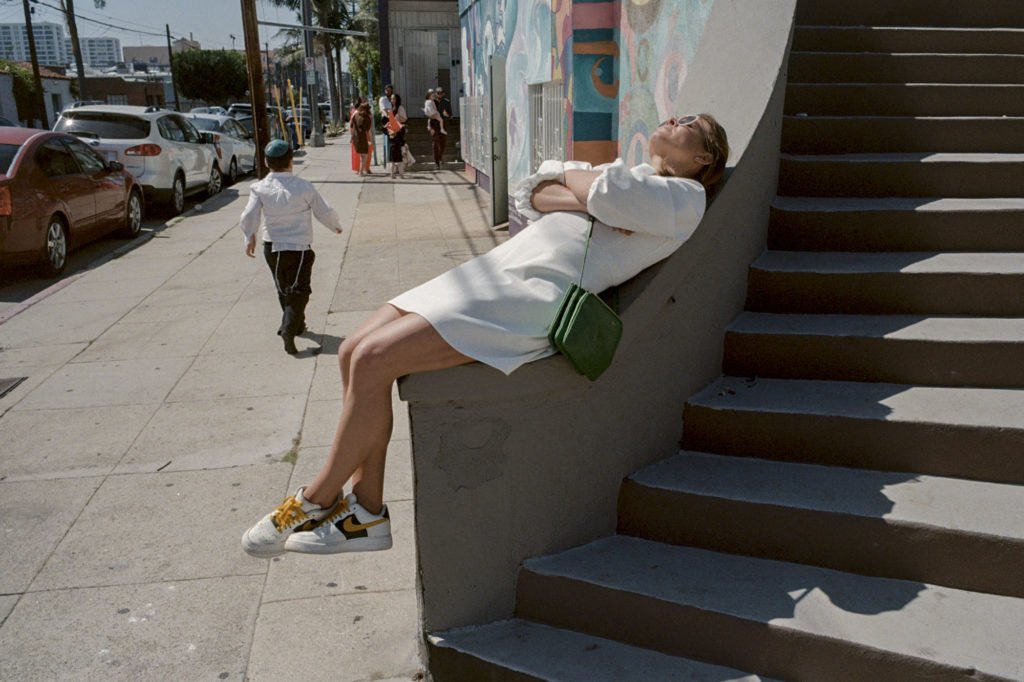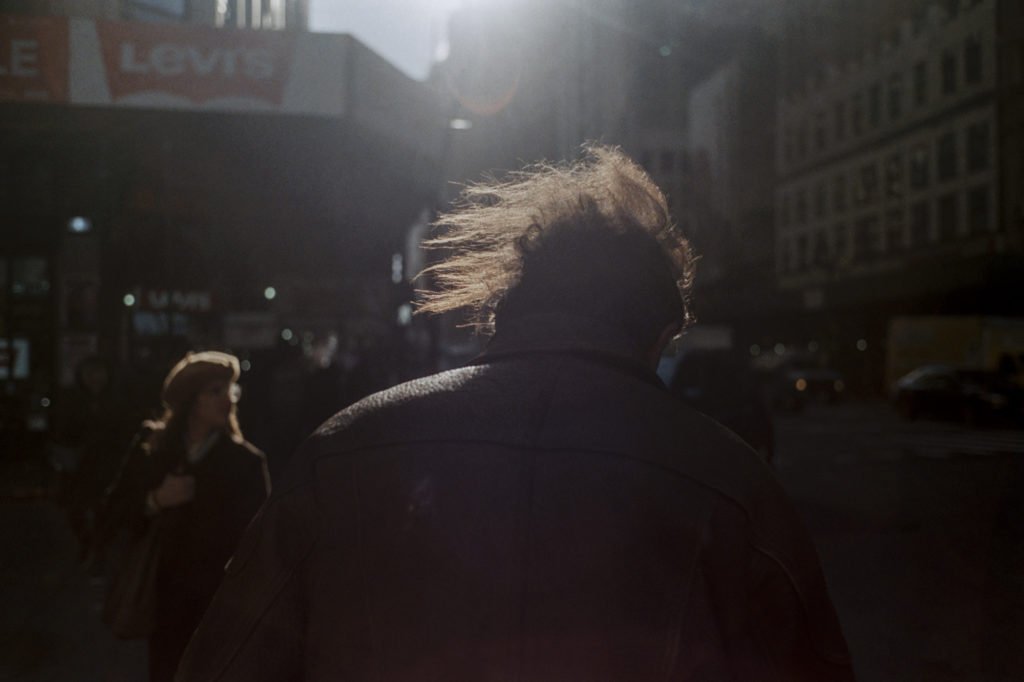
WHO?
My name is Sebastian Siadecki. I live in Durham, North Carolina, but I still consider New York City to be home. I grew up in the suburbs of northern New Jersey, the only child of immigrants from Poland. I lived in NYC from when I started college, one week before 9/11, until 2018, but I still make frequent trips back whenever I can.
Like so many others, my start in photography came via my father. He taught me the basics: to keep the sun behind me, not to take portraits with a wide angle lens, and that magic hour makes everything look good.
I dabbled with photography for years, but I didn’t really pursue it seriously. In 2005 a friend took me to see the film William Eggleston in the Real World and I had a flash of understanding of what photography could be, but I still didn’t do much of anything with it for a long time. It remained a casual back-burner hobby until about 2014. I eventually bought a proper camera, and in May of 2015 I went out on the street for the first time with a desire to make pictures in a serious way. I haven’t looked back since.
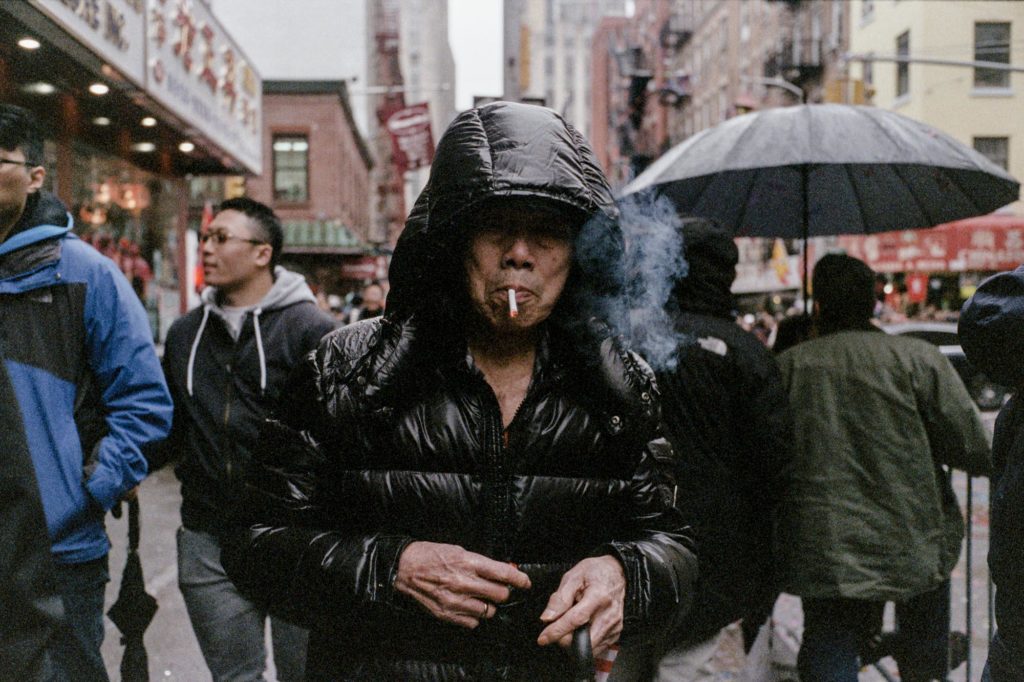
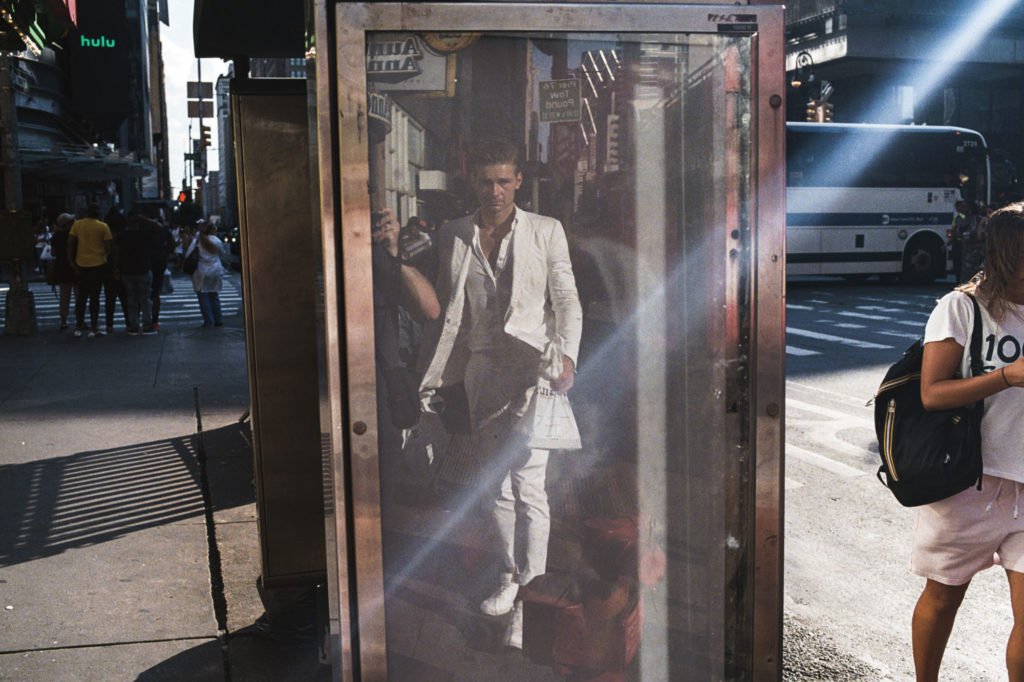
WHAT?
When I started out, my “what” was pretty limited. I shot on the street, mostly in midtown Manhattan, in a somewhat regimented way. I didn’t really engage photographically with the rest of my world. But as time has passed, I’ve become more and more interested in and influenced by photographers like Lee Friedlander, Henry Wessel, and others – photographers who work in a more open-ended, diaristic way. So I still make pictures of strangers on the street, but also my friends and family, unpeopled scenes, public and private spaces, self-portraits. I like the idea that a photograph can happen anywhere, and I enjoy the juxtapositions that can happen between pictures, the multiple ways that pictures can be used, and the way they can be placed in many contexts. I’m not very interested in the term “documentary” and I firmly agree with Garry Winogrand that photos can’t tell stories. But to me, that’s not a limitation!
Ultimately, I’m a firm believer that good street photographs – or any photographs made spontaneously out in the world – aren’t really about the people or things in the pictures. They’re about the photographer. The subject matter is there as a substrate, but it’s not what a picture is about. The pictures are about my view of the world, who I am, and hopefully about transmitting some of what I’m feeling to the person looking at them.
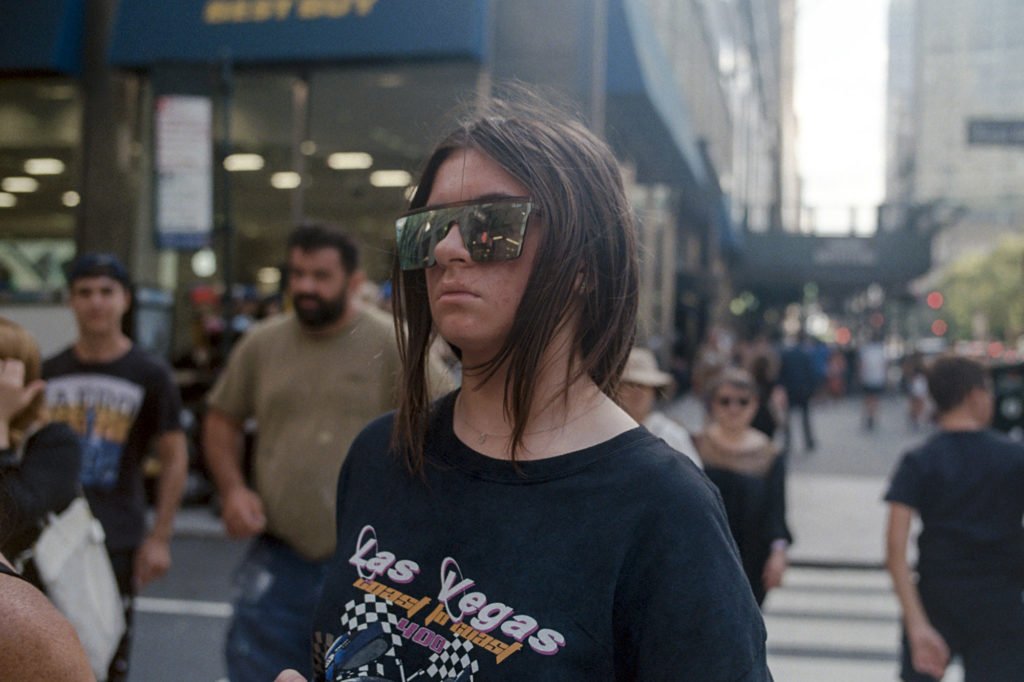

WHEN?
I’m not much of a morning person, so I’ve always been an afternoon photographer. On a good shooting day in the summer, I might start for a couple hours before lunch. I try to avoid the harsh mid-day sun, so I go back out in the afternoon and try to stay out until my shutter speed gets too slow for comfort or my feet hurt; ideally both.
In NYC, there’s a certain energy on the street on Friday afternoons. That’s always been my favorite day to shoot. But any weekday is good in Manhattan, and I’m fortunate that my job affords quite a few weekdays off. Though now here in Durham, it seems that Saturday is the day. People are out on their porches and things are happening.
I have to admit that I don’t keep my camera with me all the time, though. I tend to work in bursts, and then take time to edit and do other things.
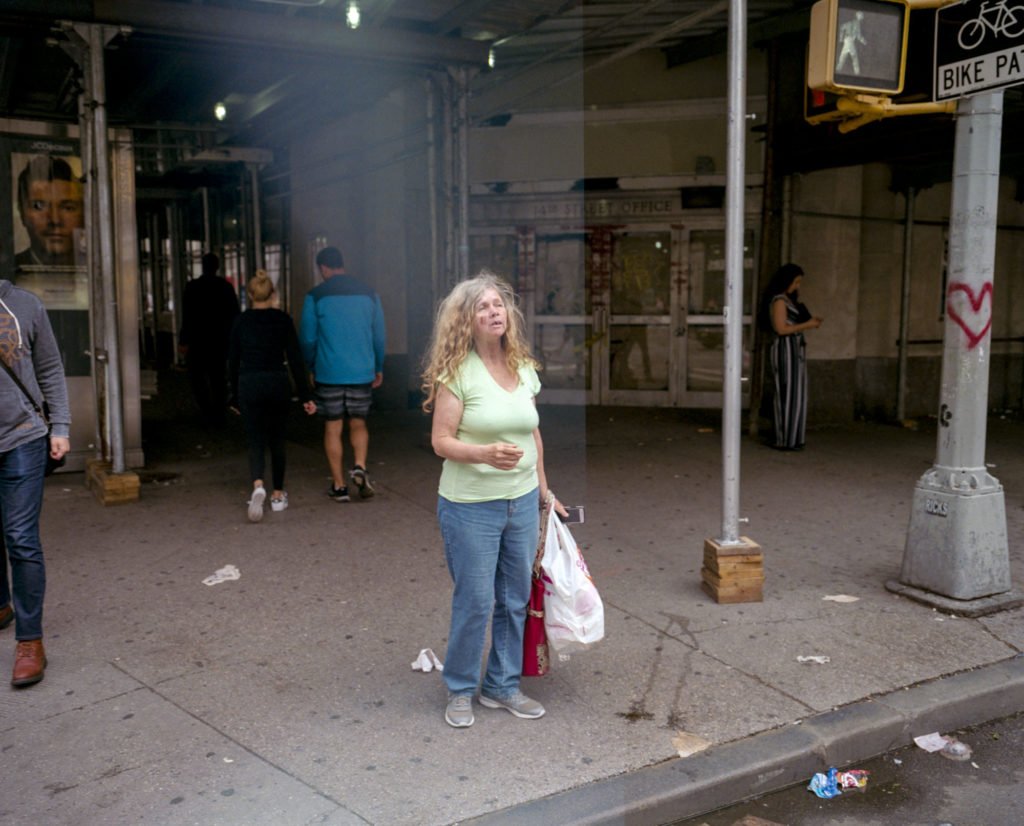
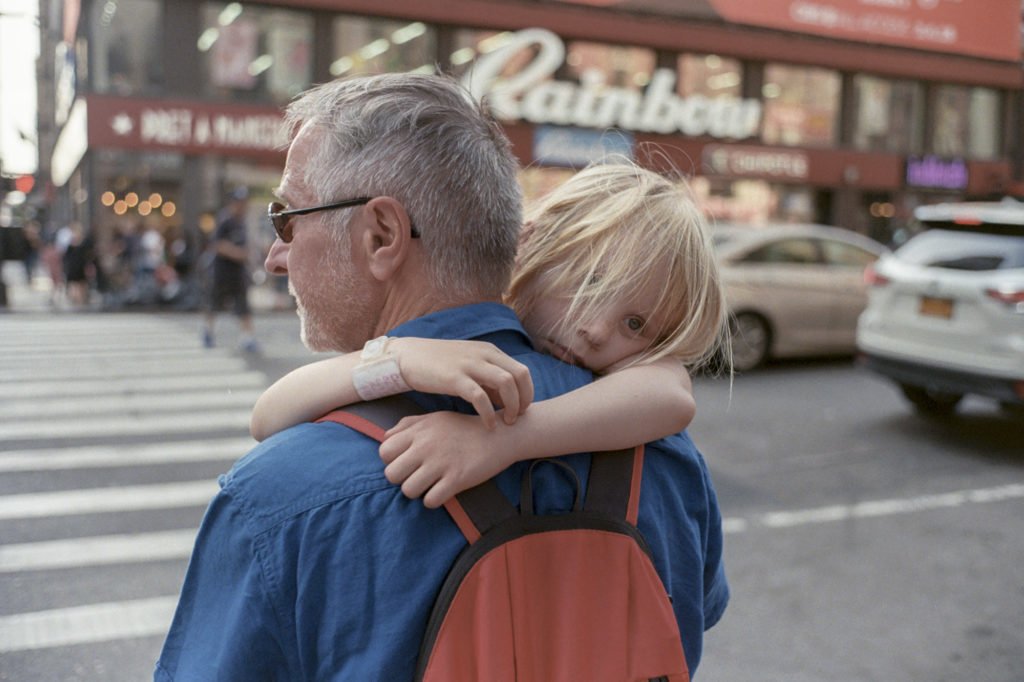
WHERE?
Until the last year, my focus has been on NYC and especially Manhattan. But as I’ve broadened in my photographic interests, I try to shoot wherever I am, especially in the United States. I recently took a week-long road trip in the Southwest and got some pictures I’m happy with; I’d like to do more of that. I really enjoy travel, and I’ve photographed in Paris, Mexico City, Hanoi and many other places, but outside of the US I still feel like a tourist making snapshots. I’m missing that cultural context, and it takes a while in a new place to find a rhythm. So I (mostly) don’t consider those pictures part of my real work.
Over the last year, though, my “where” has become a little more complicated. Making work in NYC is still really important to me, and I go back frequently and set aside as much time as I can to photograph when I’m there. But I’m also very interested in where I live now, and trying to figure out a photographic path in my new home. In a small city like Durham, there’s way less foot traffic and a very different feel on the street; in a place like this, it’s a much more provocative act to take a pictures of people without interacting with them. It hasn’t been an easy transition – the techniques I honed for almost 4 years on the NYC streets just don’t apply here. So instead, I went all the way the other way and bought a large format camera! I’ve started approaching people, having conversations, and learning how to navigate that interaction. The ideal of some kind of pure “candid” photograph is overrated. So many photographers who I admire interact with their subjects all the time. Ultimately it’s still about going out into the world in a spontaneous way, following my instincts, making the work, and then seeing what the pictures tell me.
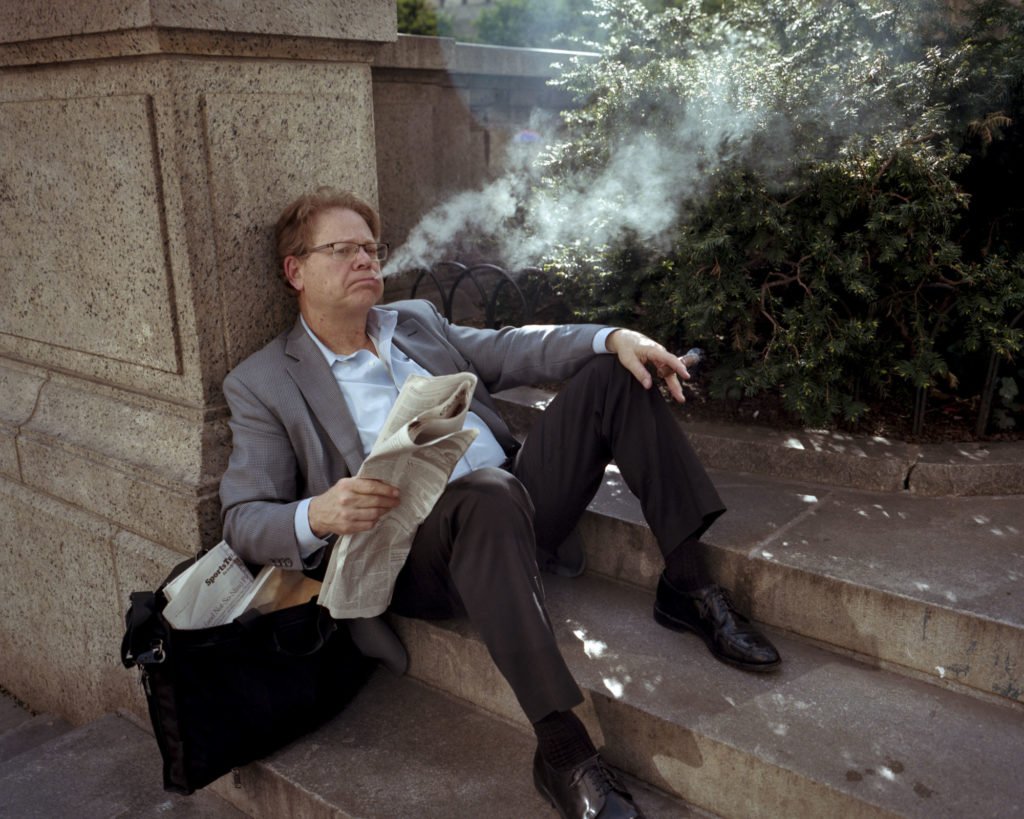
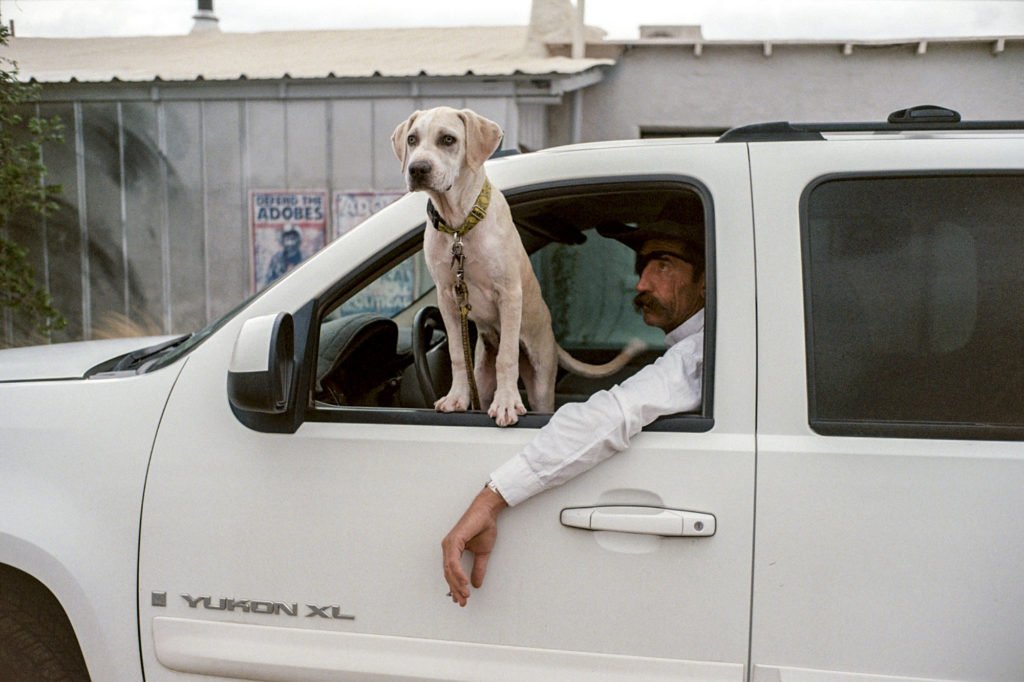
WHY?
When I read interviews with other photographers, the story often goes that they were fascinated by people, started making pictures out in the world, and only later realized that what they’re doing is a thing called street photography. For me, it’s the opposite. I came to this through becoming obsessed with pictures, and I felt the need to make my own. Photographs endlessly fascinate and move me. There’s something really mysterious about what a still photograph is and how it works. There’s a magic in the ability to stop time, and then perceive things within that stopped time that weren’t perceptible directly. If someone is standing next to me while I photograph, they might have no idea what I even saw. I get to create something out of almost nothing. A photograph transfigures mundane reality into this defined thing you can hold in your hand, and which can convey a feeling. It’s alchemy. And when I photograph, I get to tap into my subconscious. I love when I get a picture back that I like, but that I have no direct memory of taking!
A good photograph, or a group of photographs, is like a poem. Ultimately it’s about a feeling, a mood. It can’t, and doesn’t need to tell a story. Is it pretentious to say I think photography can make us better people? I’d like to think so. Making photographs and looking at them makes me feel more deeply as a human, and hopefully makes someone else looking at them feel something too.
